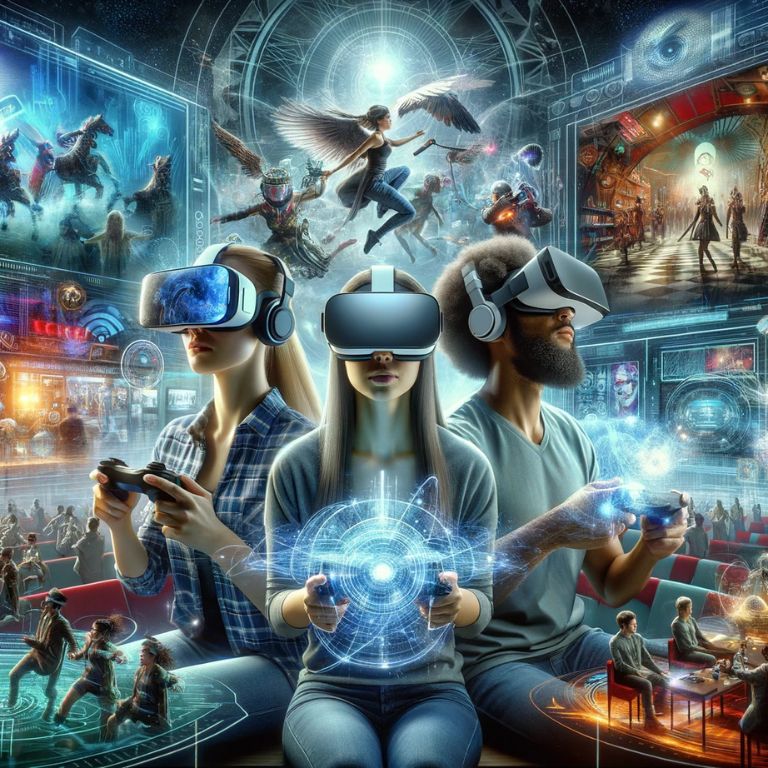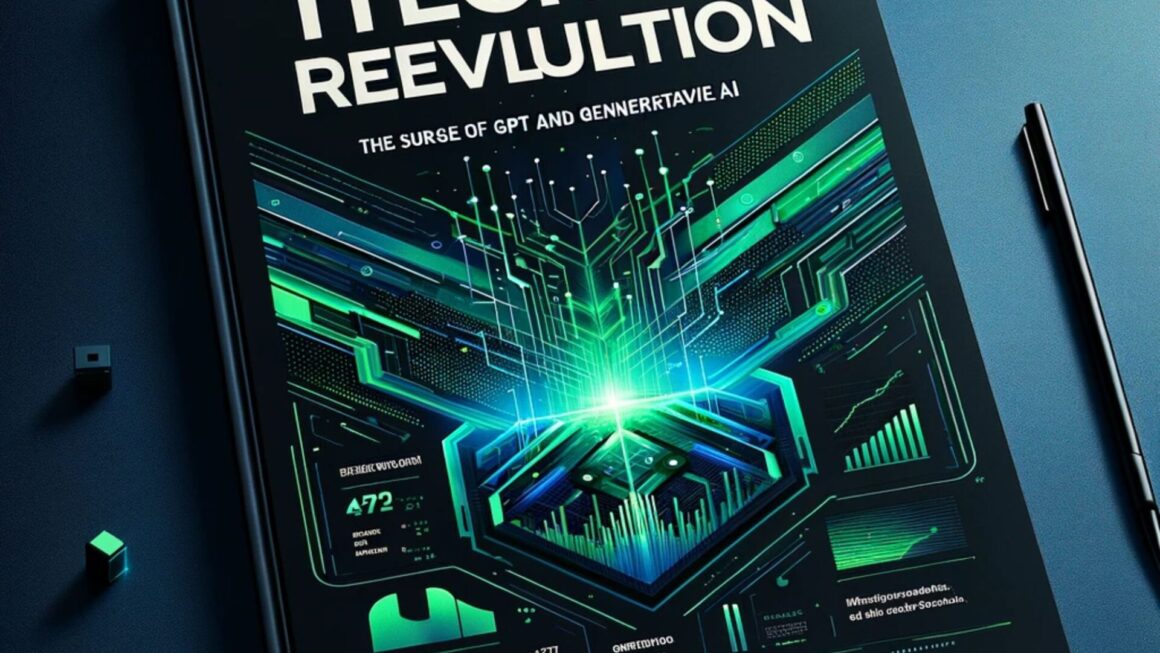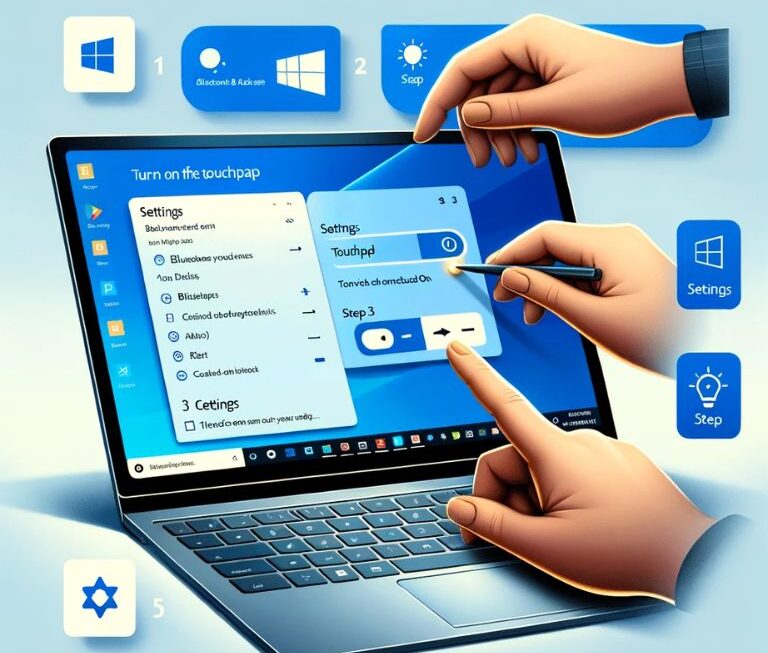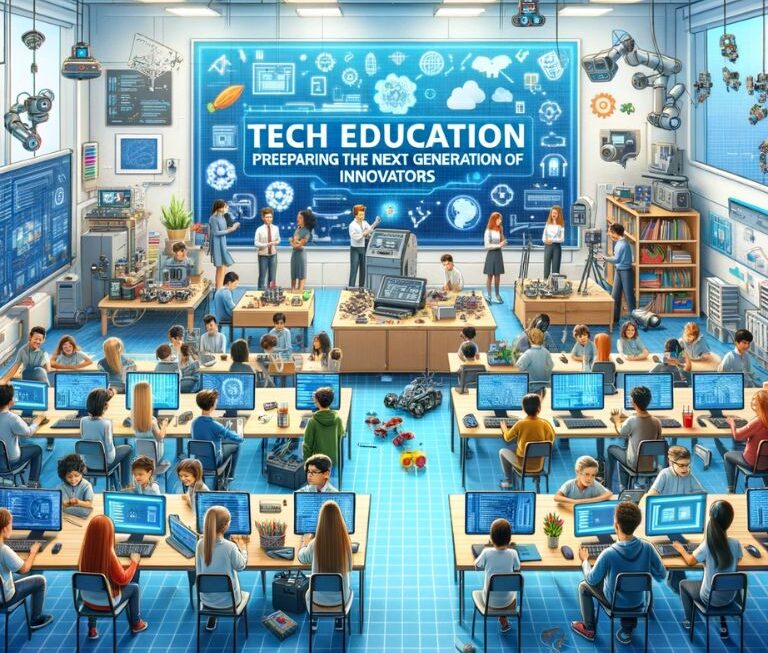The concept of virtual reality (VR) has transcended from the realms of science fiction into a tangible, transformative technology that is reshaping our experiences in entertainment and education. This revolutionary journey began several decades ago, but it’s in the last few years that VR has truly started to realize its enormous potential.
The Origins and Evolution
Virtual Reality’s roots can be traced back to the 1960s, with the creation of the first VR head-mounted display system, known as the “Sword of Damocles.” However, it wasn’t until the late 20th and early 21st century that VR technology began to evolve rapidly, propelled by advancements in computer graphics, user interface technology, and sensory feedback systems. The introduction of commercially viable VR headsets in the 2010s marked a turning point, bringing this once niche technology into the mainstream consciousness.
The Current Landscape
Today, VR technology is not just a fixture in the gaming world but an emerging tool in various sectors, including education, healthcare, and real estate. In entertainment, VR offers an immersive experience that traditional media cannot match, allowing users to be ‘inside’ a game or a movie, rather than mere spectators. In education, VR has opened new horizons, from simulating complex surgical procedures for medical students to enabling virtual field trips for schoolchildren.
VR in Numbers
To understand the scale of VR’s impact, consider these statistics:
- The global VR market size was valued at approximately $15 billion in 2022 and is projected to reach over $57 billion by 2027.
- In the field of education, VR in the classroom is expected to show a compound annual growth rate (CAGR) of more than 42% from 2021 to 2026.
- A survey revealed that 93% of teachers who used VR in the classroom noticed an increase in students’ engagement.
The Promise of VR
As VR continues to grow, its promise extends beyond just entertainment and education. It’s becoming a tool for empathy, allowing people to experience the world from different perspectives, and for innovation, enabling creators to imagine and design things in a completely virtual space. The convergence of VR with other technologies like artificial intelligence and the Internet of Things (IoT) further amplifies its potential.
The Virtual Entertainment Revolution
Virtual Reality (VR) has sparked a radical transformation in the entertainment industry, offering experiences that were once deemed impossible. This section delves into how VR is reshaping gaming, movies, and live events, creating an immersive and interactive world for consumers.
VR in Gaming: A New Realm of Possibilities
Gaming has always been at the forefront of adopting VR technology. With VR, players are not just controlling a character on a screen; they are stepping into the game world. This immersion elevates the gaming experience to new heights, offering a level of interaction and engagement that traditional gaming cannot match.
- Popular VR Games: Titles like “Beat Saber,” “Half-Life: Alyx,” and “The Elder Scrolls V: Skyrim VR” have set high standards in VR gaming, offering rich, immersive worlds.
- Statistics: The VR gaming market size was valued at $11.5 billion in 2021 and is expected to expand at a CAGR of 30.2% from 2022 to 2028.
Revolutionizing Cinema and Movies
VR is not just changing how we play; it’s altering how we view. In the realm of cinema, VR provides a 360-degree environment, allowing viewers to look around and feel part of the movie. This format is particularly popular in short films and documentaries, where immersion can significantly enhance the storytelling experience.
- VR Film Festivals: Events like the Venice VR Expanded showcase how filmmakers use VR to tell stories in novel ways.
- Impact on Viewers: A study showed that VR films tend to elicit stronger emotional responses from viewers compared to traditional 2D films.
Transforming Live Events and Concerts
Live events and concerts have also embraced VR, offering virtual attendance options. This technology allows fans to experience live performances from the comfort of their homes, with a view that’s often better than a front-row seat.
- Virtual Concerts: Artists like Travis Scott and Billie Eilish have hosted concerts in VR, drawing millions of virtual attendees.
- Economic Impact: VR concerts and events have opened new revenue streams for artists, especially during times when physical events are not feasible.
Educational Transformation through VR

Virtual Reality (VR) is not just revolutionizing the way we entertain ourselves; it’s also transforming the educational landscape. By providing immersive, interactive learning experiences, VR technology is enhancing educational outcomes in classrooms and professional training environments.
VR in the Classroom: Bringing Lessons to Life
In traditional education settings, VR is being used to create dynamic, interactive learning experiences that were once unimaginable. From virtual field trips to historical recreations, VR is breaking the boundaries of the classroom, providing students with enriching, hands-on learning opportunities. This immersive learning enables students to explore ancient civilizations, dive into the human body, or even journey through space, all from their classroom. Research indicates that VR can significantly increase student engagement and motivation, leading to better learning outcomes.
Professional Training and VR
VR’s impact extends beyond schools, revolutionizing professional training in fields like medicine, aviation, and engineering. In medical training, VR allows students to practice surgeries and procedures in a safe, controlled environment, minimizing the risks associated with real-life operations. Similarly, in aviation, VR-enhanced flight simulators provide more realistic and accessible training tools for pilots, enhancing the traditional training methods.
Technological Advances Behind VR
The immersive experiences provided by Virtual Reality (VR) are made possible by a combination of cutting-edge technologies. In this section, we’ll explore the key technological advancements that have propelled VR to its current state, making it more immersive and accessible than ever before.
Graphics Processing Units (GPUs)
One of the fundamental building blocks of VR is the Graphics Processing Unit or GPU. These specialized processors are designed to handle complex graphics rendering tasks, ensuring that VR environments are visually stunning and responsive. Over the years, GPUs have seen remarkable advancements, with NVIDIA, AMD, and other manufacturers pushing the boundaries of performance.
Resolution and Display Technology
High-resolution displays are crucial for creating a convincing VR experience. Early VR headsets suffered from the “screen door effect,” where individual pixels were visible, breaking immersion. Modern VR headsets feature high-resolution OLED or LCD displays that minimize this effect, offering crisp visuals.
Field of View (FoV)
A wide field of view is essential for an immersive VR experience. Advances in optics and display technology have allowed for larger FoVs, reducing the sensation of wearing a headset and making the virtual world feel more expansive.
Refresh Rates
To prevent motion sickness and provide a smooth experience, VR headsets require high refresh rates. Traditional monitors typically have a 60Hz refresh rate, but VR headsets often feature 90Hz or even 120Hz displays to minimize motion blur and lag.
Inside-Out Tracking
Early VR systems relied on external sensors to track headset and controller movements. Inside-out tracking, which uses sensors embedded in the headset itself, has become more common. This technology enhances ease of setup and reduces the need for external equipment.
Room-Scale VR
Room-scale VR allows users to move freely within a physical space while remaining immersed in the virtual world. Technologies like the Oculus Quest’s inside-out tracking and Valve’s Lighthouse tracking have made room-scale VR more accessible.
Wireless Connectivity
Tethered VR headsets limited mobility and could be cumbersome. Wireless VR solutions have emerged, eliminating the need for cables and allowing users to move more freely within the virtual space.
Content Creation Tools
The development of user-friendly content creation tools, like Unity and Unreal Engine, has democratized VR content creation. This has led to a surge in VR experiences, from games to educational simulations.
Accessibility and Affordability
As VR technology matures, prices have become more affordable, with standalone VR headsets entering the market at lower price points. This increased accessibility has broadened VR’s appeal.
Challenges and Limitations of VR
While Virtual Reality (VR) holds immense promise, it is not without its challenges and limitations. As we explore the impact of VR on entertainment and education, it’s crucial to address some of the hurdles that this technology faces.
- Cost and Accessibility
VR equipment can be expensive, including high-quality headsets and powerful PCs or consoles to run VR experiences. This cost barrier can limit access to VR, particularly in schools or communities with limited resources. While standalone VR headsets have become more affordable, premium VR experiences often come at a significant price.
- Health Concerns
Prolonged use of VR can lead to health issues, including motion sickness and eye strain. Some users may experience discomfort, dizziness, or nausea when using VR headsets, which can limit the duration of VR experiences. Additionally, the long-term effects of extended VR use are still being studied.
- Content Development Challenges
Creating high-quality VR content is a complex and resource-intensive process. Developing realistic VR environments and interactions requires skilled developers, 3D artists, and content creators. This can result in limited availability of educational VR experiences and a focus on entertainment content.
- Ethical Considerations
As VR becomes more immersive and realistic, ethical concerns arise. VR can be used to create experiences that simulate dangerous or harmful situations, raising questions about the potential impact on mental health and desensitization to violence. Ensuring ethical use of VR is a critical consideration.
- Privacy and Data Security
VR systems often collect user data, including movements, interactions, and even biometric information. Ensuring the privacy and security of this data is a challenge, and users must be aware of how their information is being used and protected.
- User Isolation
Immersive VR experiences can isolate users from the real world, potentially leading to reduced social interactions or awareness of the physical environment. This is a concern, especially in educational settings, where fostering collaboration and social skills is essential.
- Limited Field of View
While VR headsets have made significant strides in widening the field of view, there are still limitations. Users may experience a “tunnel vision” effect, reducing the peripheral view and potentially impacting immersion.
- Technical Constraints
VR technology is still evolving, and technical limitations such as battery life (for wireless headsets), processing power, and display quality can impact the overall VR experience. Overcoming these constraints requires ongoing research and development.
VR’s Social and Psychological Impact
As Virtual Reality (VR) becomes more integrated into our lives, it’s essential to examine the social and psychological implications of this immersive technology. While VR offers unique and engaging experiences, it also presents a range of considerations and potential effects on users’ mental health and social interactions.
- Social Interaction in VR
VR can offer new avenues for social interaction. Virtual environments allow people from around the world to connect and collaborate in shared spaces, bridging physical distances. Social VR platforms enable users to communicate through avatars, fostering a sense of presence and social presence.
Virtual Meetings and Collaboration: VR has been utilized for virtual meetings, collaborative workspaces, and virtual conferences, offering immersive alternatives to traditional video conferencing.
Social VR Apps: Platforms like VRChat and AltspaceVR provide users with the opportunity to socialize, attend events, and engage in creative activities in virtual communities.
- Psychological Impact
While VR can enhance social experiences, it can also have psychological effects, both positive and negative.
Positive Effects: VR can be used for exposure therapy, helping individuals confront and overcome phobias, PTSD, and anxiety disorders. It also holds potential for pain management and rehabilitation therapy.
Negative Effects: Extended VR use can lead to symptoms such as motion sickness, eye strain, and VR addiction. Some users may experience discomfort or anxiety when immersed in certain virtual environments.
- Ethical Considerations
VR’s immersive nature can raise ethical questions regarding user consent, content regulation, and data privacy. Ensuring that VR experiences are safe, respectful, and free from harmful content is a pressing concern.
- Inclusivity and Accessibility
VR technology should be designed to accommodate users of diverse abilities and backgrounds. Accessibility features, such as adjustable controls and closed captions, are crucial to ensure that VR is inclusive for all.
- Gender and Identity in VR
VR provides opportunities for individuals to explore and express their gender and identity in a virtual space. This can be liberating for some but may also lead to challenges related to harassment or discrimination.
- The “Empathy Machine”
VR has been described as an “empathy machine” because it can put users in the shoes of others, fostering understanding and empathy. This potential has been harnessed in applications such as VR documentaries that immerse viewers in real-world experiences.
Conclusion
Virtual Reality (VR) is reshaping entertainment and education, offering immersive experiences that redefine how we interact with technology. In entertainment, it transforms us from passive observers to active participants, expanding creative possibilities. In education, it revolutionizes learning, making it interactive and engaging.
Technological advancements have made VR more accessible, but challenges remain, including cost and ethical considerations. As we embrace this virtual future, responsible adoption and inclusivity are paramount.
In summary, VR represents a transformative shift in our digital landscape. Its potential is vast, but it must be navigated with responsibility, ensuring it enriches our lives, educates our minds, and connects us in meaningful ways.




